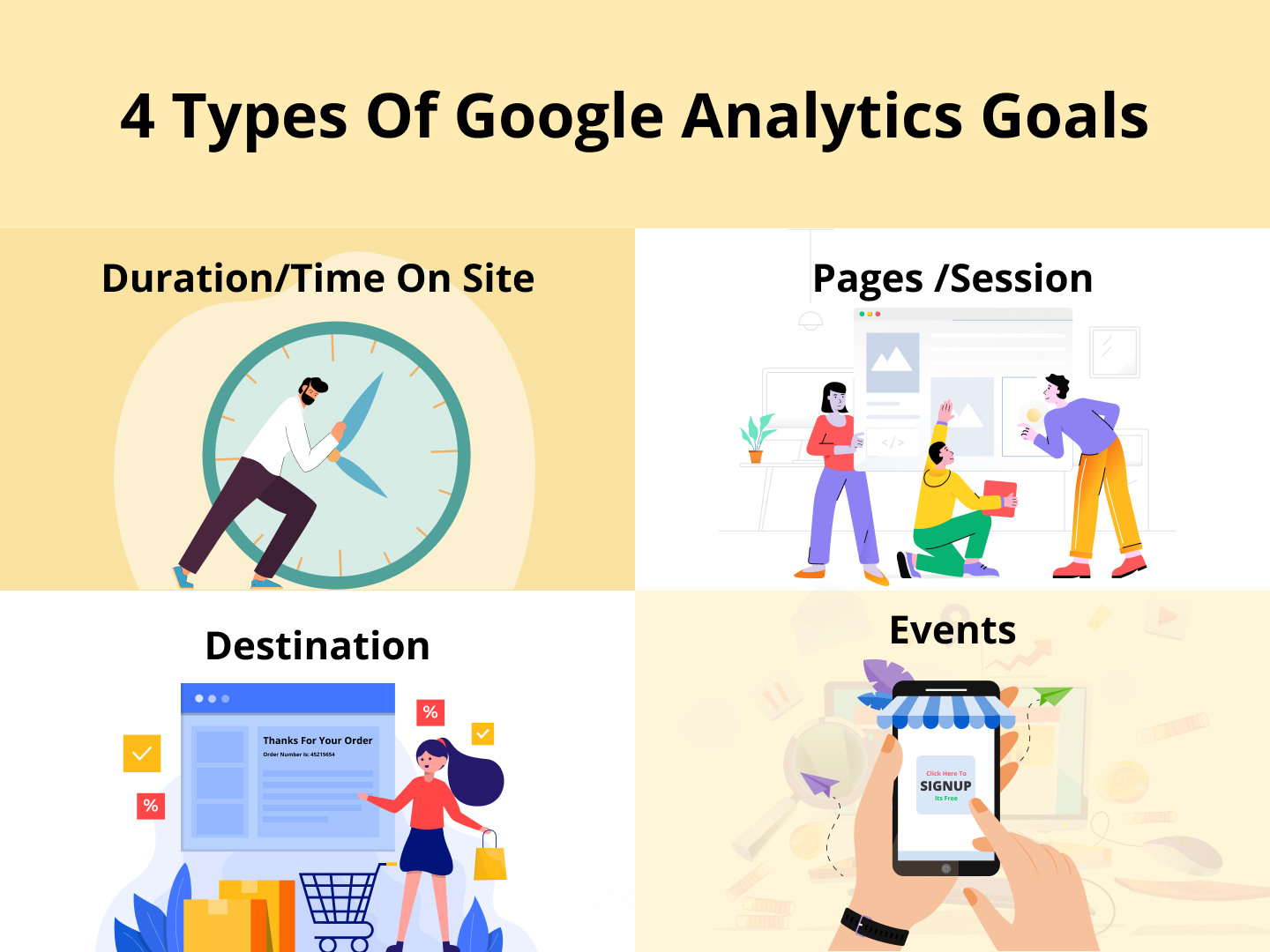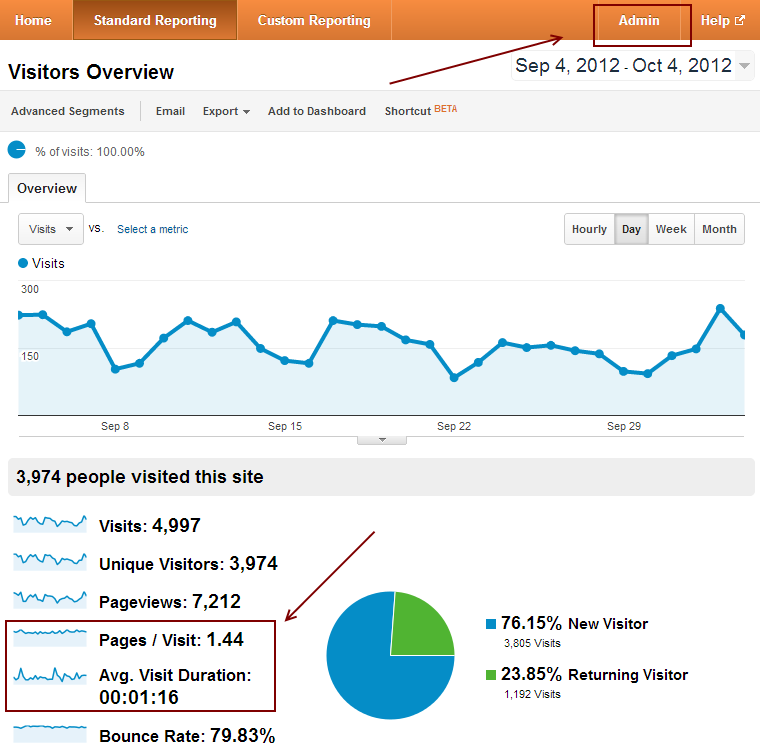Understanding What Data Is Google Analytics Goals Unable to Track
Understanding What Data Is Google Analytics Goals Unable to Track
Blog Article
Discover the Limitations of Google Analytics Goals: Revealing the Information Types That Remain Untrackable
As organizations progressively depend on data-driven decision-making, comprehending the restrictions of tools like Google Analytics comes to be vital. While Google Analytics Goals deal valuable insights right into user communications, there exist data types that avoid monitoring, posing challenges to an extensive understanding of user habits.
Insufficient Individual Trip Tracking
Insufficient customer trip monitoring within Google Analytics can prevent the ability to precisely assess individual habits. When the individual trip is not fully tracked, there are spaces in the information that stop a thorough understanding of how individuals connect with a site. This lack of insight can lead to missed chances for optimization and improvements to the individual experience.
One typical problem with incomplete user journey tracking is the inability to see the complete path that individuals take before completing a goal or leaving the website. Without this details, it is challenging to determine where customers might be running into barriers or rubbing factors that avoid them from converting. Furthermore, incomplete monitoring can cover the effect of particular advertising and marketing initiatives or site adjustments on customer habits.
To address this constraint, it is vital to establish appropriate tracking devices within Google Analytics to catch the entire customer journey. This might include establishing up event tracking, goal funnels, or utilizing devices like Google Tag Supervisor to make sure that no crucial interactions go unrecorded. By gaining an extensive view of the user trip, site proprietors can make even more informed choices to enhance user involvement and drive conversions.
Attribution Obstacles
Navigating with attribution difficulties in Google Analytics calls for a complete understanding of exactly how various touchpoints add to the total conversion process. Attribution obstacles develop from the intricacy of modern customer trips, where users communicate with numerous networks before transforming. Google Analytics provides different acknowledgment designs like initial touch, last touch, and straight, each offering a different viewpoint on exactly how credit report is appointed to touchpoints along the conversion path. Nevertheless, these models might not constantly properly reflect the real influence of each touchpoint on the conversion.
One common acknowledgment difficulty is the problem in associating conversions to the appropriate resource, specifically in instances where individuals engage with numerous networks prior to transforming. This can bring about inaccuracies in identifying which advertising and marketing initiatives are driving one of the most conversions. In addition, cross-device monitoring poses another acknowledgment challenge, as individuals commonly switch over in between devices during their trip, making it testing to track their communications seamlessly. Marketing experts have to carefully analyze and evaluate acknowledgment data to make informed decisions and optimize their marketing approaches properly.
Offline Conversions
Given the obstacles connected with connecting conversions accurately in online networks, the dimension of offline conversions provides a considerable chance for online marketers looking for a more detailed understanding of their customers' trip. Offline conversions describe activities that clients absorb the physical globe, such as making acquisitions in brick-and-mortar stores or over the phone, attending occasions, or involving with printed products - what data is google analytics goals unable to track. These conversions are critical for companies that run both online and offline, as they supply valuable understandings right into the performance of advertising and marketing projects across various investigate this site touchpoints
Tracking offline conversions traditionally positioned a significant difficulty for online marketers, as it was challenging to attach these activities back to specific on-line interactions accurately. With advancements in innovation, such as the combination of CRM systems, special identifiers, and promo code codes, businesses can now bridge the void in between online and offline information to obtain an extra all natural sight of consumer actions. By properly gauging offline conversions, marketing professionals can enhance their methods, designate sources a lot more effectively, and eventually enhance the general customer experience.
Cross-Device Monitoring
Cross-device tracking plays an important role in understanding the interconnected nature of consumers' electronic interactions throughout several gadgets. In today's omnichannel globe, where individuals seamlessly switch in between desktop computers, smartphones, and tablet computers, tracking their habits across these tools is important for online marketers to get a comprehensive view of their consumer journey.

Furthermore, personal privacy problems and guidelines such as GDPR and CCPA have additionally complicated cross-device tracking. With customers demanding more control over their data and enhanced limitations on monitoring technologies, marketing professionals have to find privacy-compliant and ingenious ways to connect individual communications throughout gadgets.
Dynamic Material Engagement
Understanding user involvement with dynamic web content is pivotal in enhancing electronic advertising methods for improved audience interaction. Dynamic content refers to site elements that change based upon individual behavior, preferences, or various other aspects, offering a customized experience. Nevertheless, tracking individual communications with dynamic content poses obstacles for traditional analytics devices like Google Analytics.
While Google Analytics can track fundamental communications like clicks and web page sights, it might have a hard time to catch more nuanced involvements within dynamic content. what data is google analytics goals unable to track. Metrics such as time invested in particular dynamic elements, float actions, or communications within pop-ups are typically not easily quantifiable making use of common monitoring methods. This limitation impedes marketing experts' capability to fully comprehend exactly how users are involving with vibrant content and customize their methods accordingly

Final Thought
To conclude, Google Analytics goals have restrictions in tracking insufficient customer journeys, associating conversions precisely, catching offline conversions, tracking cross-device communications, and measuring dynamic material interaction. These restrictions highlight the importance of checking out extra monitoring techniques and tools to get an extra thorough understanding of customer behavior and conversions beyond what Google Analytics can supply.
While Google Analytics Goals offer important understandings into customer important link communications, there exist information types that thwart monitoring, posturing obstacles to an extensive understanding of individual habits.Incomplete user journey monitoring within Google Analytics can hinder the capability to precisely examine customer habits. When the user journey is not completely tracked, there are spaces in the data that prevent a comprehensive understanding of exactly how users interact with a website.One common issue with insufficient individual journey monitoring is the lack of ability to see the complete path that customers take in the past finishing a goal or leaving the website. By getting a comprehensive view of the customer journey, website owners can make more educated choices to boost customer involvement and drive conversions.
Report this page